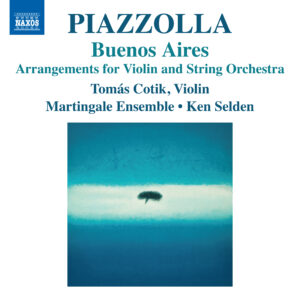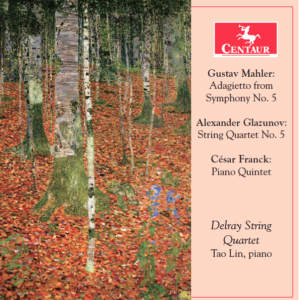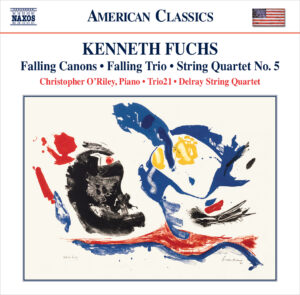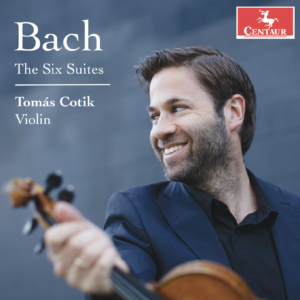I was born and grew up in Buenos Aires. My early interest, as well as the main focus of my career, has been on classical music, the Viennese classics, in particular. People around the world associate the Tango with Argentina, but when I was growing up, the traditional Tango was not exactly fashionable or “cool” for people my age, and perhaps classical music wasn’t either. I would mostly hear Tango in the background. It was present on TV and on the radio. I remember listening to it, played by busking bandoneon players on the subway stations of the “D” line, or on an AM radio program coming from a pocket radio from the person who was in charge of pressing the numbers of an old-fashioned elevator in a sports club. I also heard it sometimes on one programme or another that many people skipped while flipping through channels on their black and white TVs.
When I left Argentina as an eighteen-year-old, I remember taking with me one cassette of Carlos Gardel. This music, like the mate and the dulce the leche, seems more Argentinean once you are living abroad. I started becoming more interested in Piazzollaʼs music with the passing of the years, when I was living abroad in Germany. My main focus remained classical music, but a few years later I wrote a thesis about Piazzollaʼs music at the University of Freiburg. I had already played some of his music, acquired many of his albums, and wanted to read as much as possible about him and his music. Later, when I was living in Toronto, I unsuccessfully tried to learn how to dance Tango from a Pakistani teacher for about six months. Next came Miami, then Texas and Miami again, where I live nowadays. As a member of the New World Symphony, a string quartet, and as a faculty member in the middle of Texas and then at the University of Miami, I kept dabbling in the Nuevo Tango, including playing Piazzolla pieces in recitals and quartet concerts, fostering collaboration with dancers, and organizing big Piazzolla concerts…



